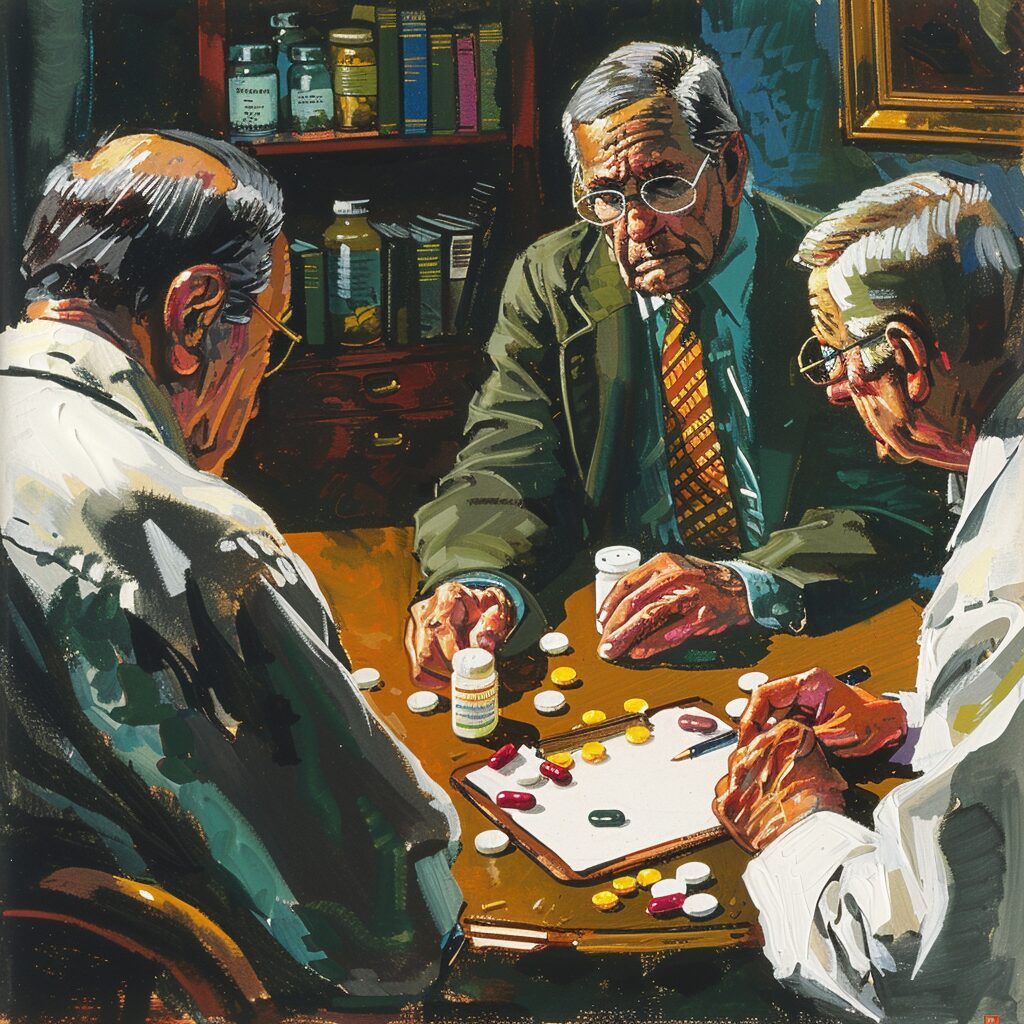Key takeaways:
- EMDR is a therapeutic modality commonly used to treat trauma and is also considered effective as an add-on treatment for substance use disorder (SUD).
- Addiction can be viewed as smoke emanating from a burning fire, with EMDR targeting trauma as the underlying cause of addiction.
- EMDR involves bilateral stimulation (BLS) of the brain from both hemispheres, and various forms of BLS can be used, such as eye movements, tapping, and audio stimulation.
- EMDR treatment consists of eight phases, including establishing a relationship, preparation, assessment, desensitization, installation of positive beliefs, body scan, ending the session, and reevaluation.
- EMDR has shown success in treating trauma, and Lantana Recovery offers EMDR as one of its treatment options to help individuals overcome past traumas and addiction.
Eye movement desensitization and reprocessing (EMDR) is a therapeutic modality commonly used to treat trauma. According to a study published by Frontiers in Psychology, its applicability as an add-on treatment for substance use disorder (SUD) is considered well-accepted. SUDs are patterns of substance use leading to severe impairment on social, working, and economic levels.
Think of addiction as smoke emanating from a burning fire. Strategies to fight cravings can be viewed as attempts to stop the smoke – a symptom of an underlying cause. EMDR strikes trauma as the underlying cause of addiction for many.
Whether you struggle directly with post-traumatic stress disorder (PTSD), depression, or anxiety, EMDR has the potential to help improve the quality of your life. As humans, we have all experienced trauma; addiction in and of itself is a traumatic experience. Lantana Recovery and our highly trained staff tackle addiction and trauma through a host of state-of-the-art modalities, including EMDR.
Bilateral Stimulation in EMDR
EMDR is an evidence-based treatment for PTSD and is complex in its simplicity. It is centered around bilateral stimulation (BLS) – the electrical stimulation of the brain from both hemispheres. Formally based on the adaptive information processing (AIP) model, there are various theories as to why BLS is effective.
One theory is that when an old memory is actively brought forth during BLS, working memory is simultaneously taxed, reducing the ability to fully recall the memory. As a result, when the memory is reconsolidated back into long-term storage, it has less vividity. This is referred to as non-associative learning.
Types of Bilateral Stimulation
EMDRA is standard for treating PTSD and “this technique involves a unique procedure in which a therapist exposes the patient to bilateral stimulation (BLS), which involves alternating bilateral visual (eye movement), auditory, or sensory stimulation (e.g. tactile stimulation)” (The Role of Alternating Bilateral Stimulation in Establishing Positive Cognition in EMDR Therapy: A Multi-Channel Near-Infared Spectroscopy Study, Amano & Toici, 2016.) This can involve a light bar, where light travels on a bar from one side to the other.
Eye movement can also be triggered by a clinician using something as simple as a pen or finger. BLS can also involve audio stimulation, where sounds are alternately broadcast through headphones in separate ears.
It can involve tapping – usually employing the butterfly (crossed arms) approach – in which the right-hand taps the left shoulder and the left-hand taps the right shoulder. Finally, tappers or buzzers can be used in the hands or attached to wrists. Some clinicians will employ a combination of these approaches.
8 Phases of EMDR
There are eight phases of EMDR, which was founded by Dr. Francine Shapiro in 1987. The phases of EMDR provide a roadmap for treatment protocols.
Phase 1: Relationship
During the first phase, the clinician and the client establish a relationship and discuss the traumatic experiences that the client wants to process.
Phase 2: Preparation
The second phase is the preparation phase. During this phase, the client and therapist primarily entertain questions and concerns about the treatment. They also set up a plan to handle any potential emotional disturbances.
Phase 3: Assessment
The client chooses the image or scene most associated with a traumatic event. They then identify negative thoughts or beliefs associated with the event. Finally, the client develops a positive thought or belief they would like associated with that memory.
Phase 4: Desensitization
Phase four focuses on desensitization. This is where the client is encouraged to simultaneously focus on the internal traumatic event and the external stimulus. The technique is relatively simple, involving BLS, typically administered at 25-second intervals.
The clinician will repeatedly ask the client to re-rate, on a scale of one to ten (the “Subjective Units of Distress” scale), their inner experience of the memory. The intensity of the memory should reduce over time as it is reprocessed. The reprocessing occurs as the client simultaneously thinks of the memory and engages in the bihemispheric stimulation.
Phase 5: Installation
The fifth phase focuses on the installation of a positive new belief associated with a particular memory. This occurs through BLS, during which the client thinks of a memory and simultaneously notices the positive replacement thought. The clinician will ask the client to rate how true they consider the new belief on the “Validity of Cognition” (VOC) scale, which is rated on a scale of one through seven.
Phase 6: Body Scan
The clinician will ask the client to think of the traumatic memory in conjunction with the newly installed belief. They will then ask the client to scan their body to see if there is any residual tension or pain associated. If there is, the clinician will ask the client to focus on that pain or tension and engage in BLS.
Phase 7: Ending the Session
This phase involves the closure of the session. A memory is considered fully processed when the Subjective Units of Distress scale is at zero, and the newly installed positive thought is a seven on the VOC.
If a memory has not been fully processed, containment strategies are evaluated. It is understood that the client should remain attuned to unusual sensations or dreams, as the body may continue to process memories after the session. The client ideally journals these changes.
Phase 8: Reevaluation
This phase occurs at the start of the following session. The clinician will re-evaluate the efficacy of the previous one to understand whether its effects were maintained. Clients will identify any new memories that have arisen since.
Can EMDR heal my scar?
The efficacy of EMDR depends on a variety of factors. However, if trauma is an issue for you, be confident that EMDR has been studied with success in U.S. combat veterans, according to Frontiers in Psychology.
Bottom Line
Lantana Recovery understands that intense past trauma can be a cause of addiction. That’s why Lantana offers a comprehensive variety of options for those who are looking to finally unlock the chains of the past. EMDR is a powerful option in Lantana’s arsenal and can be readily integrated into your treatment regimen. One of the theories behind EMDR centers on a retrieval and storage model. The theory posits that when a memory is retrieved in the presence of bilateral simulation, its vividity is reduced upon return to the subconscious. Regardless of the science, Lantana Recovery knows how to practice all phases of this cutting-edge approach.







